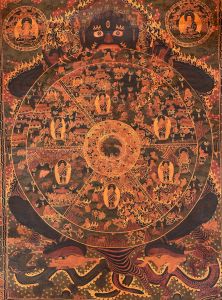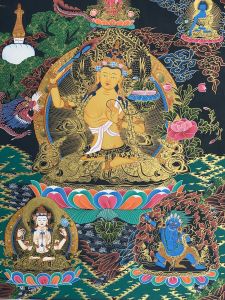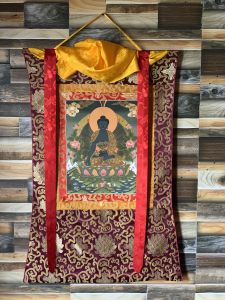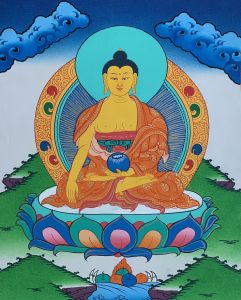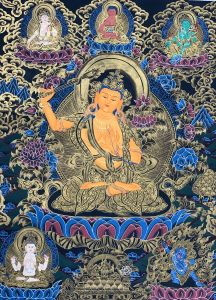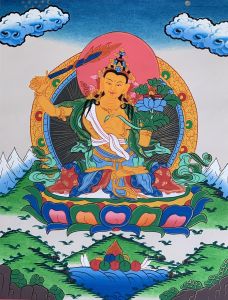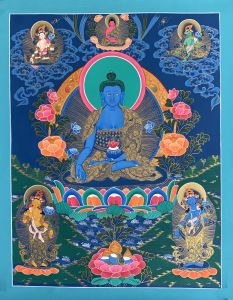Hand-Painted Green Tara Tibetan Thangka Art in Silk Brocade
A beautiful hand-painted Green Tara Thangka, a world-class art form, that is written on a canvas using natural watercolor.
| Product Tags | tanka, thangka, thanka, handmade, handpainted, Tibetan painting, painting, silk brocade, silk painting, religious, traditional, green tara, white tara, tara |
|---|



